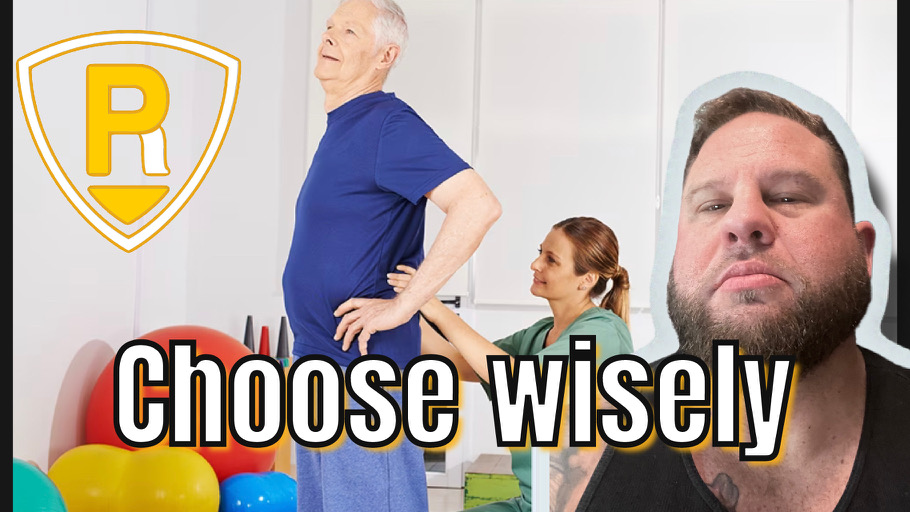
31 Jan Back Pain Clinician (yours) – my thoughts
Back Pain Clinician
Back Pain Clinicians are not all created equal. Regardless of the letters, or numbers next to their name, what matters is their strategy to identify the causes of pain and teach you how to remove them, not what certifications they have and how smart they want you to think they are. In this article, I will give my thoughts on what to look for when finding a clinician.
My experience
I can relate to the process of going through clinicians, as I discuss in Gift of Injury (GOI now available in Kindle format), and being disappointed. I went to neuro and orthopedic surgeons, the pain management route, and PT. Luckily, I had a good chiropractor (Dr. Amy Bernstein) who suggested I see Dr. McGill and planted seeds in me to move better, i.e., spine hygiene. Yet, I was too stubborn to listen and still assumed that there was a magical fix to my back pain. One of the biggest problems I see with physical therapists is that they have to know how to treat the entire body but need to be more potent in treating the back. Learning the back alone can take decades, not just a few courses in a doctorate. Some even treat the back like a ball and socket joint and assume mobility and soft tissue work will be the fix.
Everyone gets better with our program
“Buy my package; everyone gets better.” Unfortunately, not everyone can get better. Whenever you hear this, you should run. Fixing a back is more complex, and each injury is unique. Do some digging, and find clients currently working with this clinician and former clients to get feedback on the process. Suppose they are into selling you treatment packages with manual therapy and need to give you a thorough assessment with homework. In that case, I will find another clinician, as stated in Back Mechanic. Make sure you find a clinician who spends time with you, teaches you how to move around your pain, and allows it to wind down.
I’ve seen too many cases of cookie-cutter programs given to clients with back injuries only to be told the pain is all in their head, or their damage isn’t significant, and they are sent away feeling crazy and in pain. Without a proper assessment, this approach is a lose-lose for everyone involved. If this has happened to you, don’t give up hope.
Brian Carroll
Latest posts by Brian Carroll (see all)
- Quick Rant: Core Exercises - July 26, 2024
- Physical Therapy Fails for Back Pain - July 25, 2024
- Quick Rant: Physical Therapists - July 19, 2024





Sorry, the comment form is closed at this time.